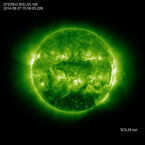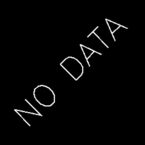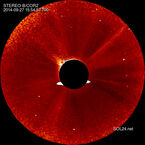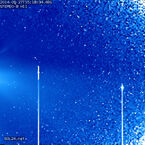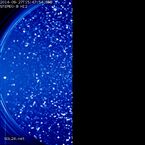Latest images from the Solar Terrestrial Relations Observatory (STEREO – EUVI/COR1/COR2/HI1/HI2)
Beacon images
Note: Both HI1 and HI2 images are processed using two different methods. You can swap the different versions by clicking on the full-size image in the popup window.
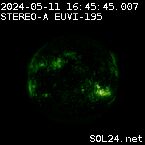
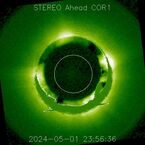
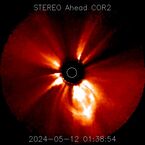
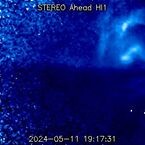
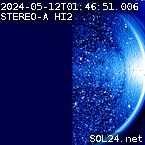
EUVI 195Å COR1 COR2 HI1 STARS/HI1 CME HI2 STARS/HI2 CME
—
Latest high-resolution images
STEREO A STEREO B (no contact)
EUVI 171Å EUVI 195Å EUVI 284Å EUVI 304Å EUVI 171Å EUVI 195Å EUVI 284Å EUVI 304Å







 COR1 COR1 rdiff COR2 COR2 rdiff COR1 COR1 rdiff COR2 COR2 rdiff
COR1 COR1 rdiff COR2 COR2 rdiff COR1 COR1 rdiff COR2 COR2 rdiff







 HI1 HI1 rdiff HI1 STARS HI2 STARS HI1 HI1 rdiff HI1 STARS HI2 STARS
HI1 HI1 rdiff HI1 STARS HI2 STARS HI1 HI1 rdiff HI1 STARS HI2 STARS








note: The “rdiff” COR and HI images use different type of postprocessing called “running difference”. It detects the difference between the current and the previous available frame, thus providing a highlight on the subtle details in the images.
—
7-day composite videos (updated daily)
NOTE: Contact with STEREO-B has been lost. As a result the videos may not be updated regularly due to insufficient data.
EUVI-171
 EUVI-195
EUVI-195
 EUVI-284
EUVI-284
 EUVI-304
EUVI-304

COR1, COR2, HI1, HI2
 EUVI-171, EUVI-195, EUVI-284, EUVI-304
EUVI-171, EUVI-195, EUVI-284, EUVI-304

Visible planets
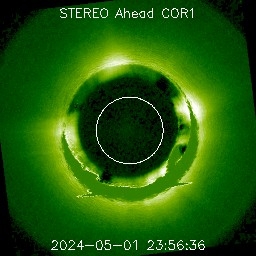
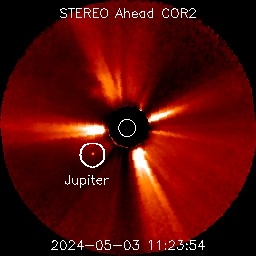
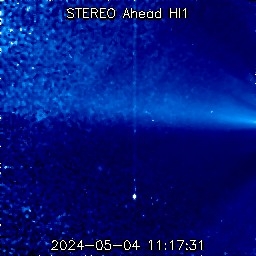
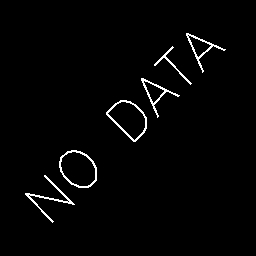
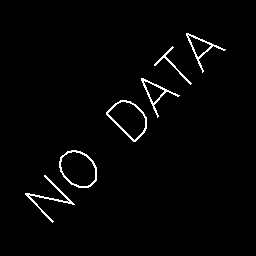
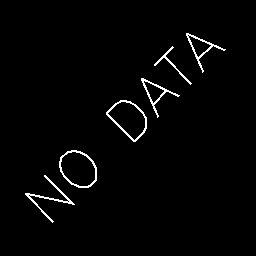
—
![]()
—
Status and upcoming events:
STEREO A/B weekly status report from the Mission Operations Center: DOWNLOAD (pdf)
STEREO A/B mission schedule: DOWNLOAD (txt)
Courtesy of STEREO/SECCHI consortium.

